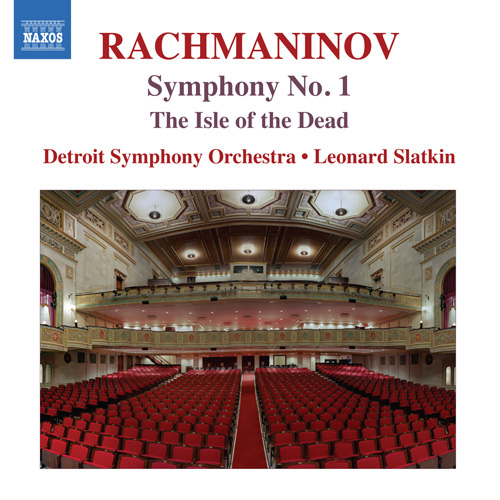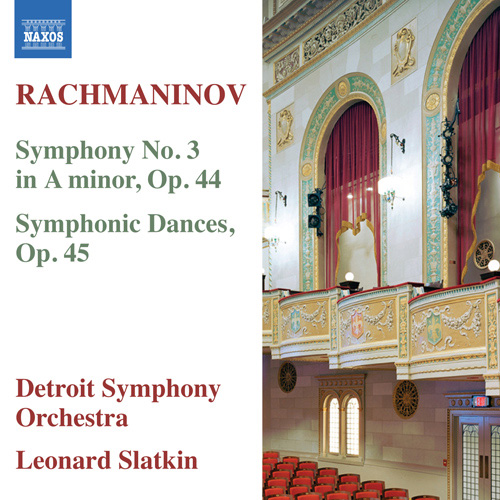Rachmaninov’s complete symphonies
Slatkin’s benchmark brilliance



Symphony No. 1
The Isle of the Dead
After the disastrous failure of its première in 1897, Rachmaninov’s youthfully exuberant Symphony No. 1 had to wait until after his death before it was reconstructed from the surviving orchestral parts and performed again, in Moscow in 1945. Since then it has taken its rightful place as one of the great Russian symphonic works of the late nineteenth century. The Isle of the Dead, Op. 29 is a vivid and powerful symphonic poem based on a well-known nineteenth-century painting by the Swiss symbolist artist Arnold Böcklin.



Symphony No. 2, Op. 27
Vocalise, Op. 34, No. 14
In the wake of his First Symphony’s catastrophic première, Rachmaninov took a decade before commencing his Second, painstakingly revising it before conducting the triumphant première in 1908. Although haunted, like his First, by the Dies irae chant melody, the Second Symphony brims with Rachmaninov’s revitalised assurance as a composer, from its brooding opening to the vigorous grandeur of its conclusion. Eric Carmen borrowed the third movement’s poignant theme for his popular song Never Gonna Fall In Love Again, a tribute to the enduring power of Rachmaninov’s Romantic genius.


Symphony No. 3 in A minor, Op. 44
Symphonic Dances, Op. 45
Completed in 1936, two years after the hugely popular Rhapsody on a Theme of Paganini, Rachmaninov’s Third Symphony was considered by the composer to be one of his finest works. Both this and the Symphonic Dances, his last work, offer a summation of his late style in blending intense rhythmic energy with rich romanticism. Leonard Slatkin and the DSO’s recording of the Second Symphony was hailed by BBC Music Magazine as ‘a performance warmed by musicians who clearly love this symphony’.





